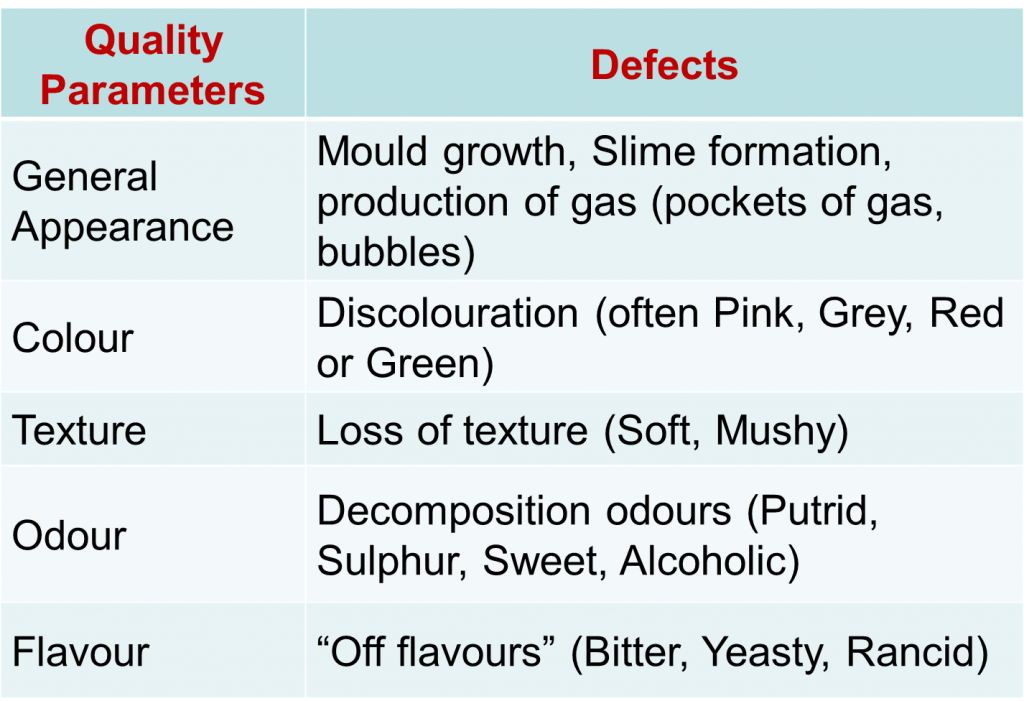As you are looking and working towards getting your food storage up to snuff, there are two considerations: buy the food outright and/or grow the food on my patch of land. Now, having food and having a place to grow more can be considered two of the most valuable commodities to have if the world and society go to pot. For many having that plot of land may be out of reach at present, and the ability to store any food may also be limited. But you first have to identify what you are in need of so that you can attain that through the hard work and sweat on your brow.
If you have been paying any attention to what is happening around the globe, you have already realized how fragile the overall food distribution network is in any country. Those that live in metropolitan areas soon find the grocery store shelves will be barren within a day or two when disasters strike. In addition, there is always a strong likelihood that amenities such as electricity and refrigeration will no longer be available. Combining all that doesn’t bode too well when hunger is staring you right in the face. That’s why having food, and extensive knowledge of food storage techniques, is so important to long-term disaster living.
With the rapid inflation of food prices, I want to remind you of the six spoilers of food storage. Each is important to understand and, even if they are sometimes unavoidable, the six spoilers are good to keep in mind as you invest in food for your storage pantry.
The Six Spoilers of Food Storage
Doing food storage the right way can be daunting at first. For the short-term more immediate use, you can usually find a spare shelf or two in your kitchen cabinets and call it good. Beyond the short term here and now, however, things start to get a bit more complicated. The reason is that most food products have a shelf life printed on its label (beyond it being required by the FDA) is pretty much limited by some common factors.
As you will see below, each of these factors is interrelated in such a way that there can be a domino effect if you aren’t paying close attention to the upkeep of that food storage you are undertaking. I will briefly address each one so that you can get a more clear picture of it all.
Time
It is the very factor of time that seems to age everything that is created, and over time, food will degrade in nutritional value, as well as in appearance and taste. Time is the main spoiler of food storage. How long you can keep it, and still gain the nutritional value depends really on how it is packaged. Most food items are made for near-immediate consumption, but if you freeze-dry, vacuum pack, dehydrate or do anything like that to preserve the food you can keep it for a while longer. There are many items that have an extended shelf life of 20 or 30 years, other methods have their optimal shelf life being considerably less.
If you really do desire products with a 30-year shelf life, I suggest you look at some of the commercially packaged alternatives at those prepackaged meal places such as 4Patriot. Keep a keen eye out for deals and details of what is being offered for you to eat in a couple of decades.
Moisture
Moisture that ruins food comes in many forms, but the most typical are humidity and condensation. Molds and bacteria just love that type of environment that moisture brings with it, which also causes the food source to spoil and get rancid, unfit for human and animal consumption. Additionally, moisture can cause packaging to break down, exposing the food to further degradation.
The ideal level of humidity for your stored food is 15% or less. Know your humidity points where you live and plan accordingly. In the high desert areas of the West, humidity is nearly non-existent, however in the South that is a point which is typically 60% or 70% or more daily. The way around the humidity and most moisture issues are to properly package. And with packaging, there are lots of choices including Mylar bags, food-grade buckets with or without gamma seals, vacuum seal bags (such as the FoodSaver), Mason or canning jars, and the list can go on.
Temperature
Your long-term food storage needs are best achieved by maintaining cool, constant temperatures where you are keeping your stash. Ideally, temperatures between 40 degrees and 70 degrees Fahrenheit are best for long-term storage. Anything warmer or cooler can result in loss of nutrition, taste, texture or color of the food. A general rule to live (or die) by is that for every 18 degrees Fahrenheit an increase in temperature (10 degrees Celsius for you in Europe), your food’s shelf life is cut essentially in half.
The second major point is when it comes to maintaining a consistent temperature throughout. Fluctuations in the temps of where you are storing your food can lead to loss and shorten the shelf life of what you have. So try to avoid those places (garages, sheds, outcrop buildings) that aren’t properly insulated and can be kept at a certain temperature no matter the time of season you find yourself in.
Light
Food can be likened to a color picture exposed to a sun source. Over time the vibrance and color of the picture will fade, leaving it non-descript and useful to no one. When the energy of light zaps your food, it transfers some of that energy to the food itself, degrading its nutritional value, taste, and appearance. This goes especially for the fat-soluble vitamins such as Vitamins A, D, and E as well as proteins. Keeping your food storage in containers that shut out the light or have it all in a place that light is through the bulb in the middle of the room is the ideal.
Oxygen
Oxygen is a carrier of sorts. Many food nutrients can oxidize (growth of bacterias) in the presence of oxygen breaking down the nutritional value of the food and causing the breaking down of the food itself. This creates rancidity and off-flavors. Fortunately, the use of oxygen absorbers can suck out the oxygen in your food containers (vacuum packaging anyone?) leaving only product and nitrogen (which is not harmful).
Pests
Pests can be a big problem. Everything is just looking to keep going with anything that can be eaten for any nutritional value. Bugs, fruit flies, ants, mice, rats, and even raccoons and opossums can become a true nuisance to your food storage efforts.
It is important to be aware of the pests that are particular to your geographical climate and further, that you set a barrier between your food and the critters. In addition to a physical barrier, the use of oxygen absorbers will eliminate the oxygen (air) that most pests need to survive.
Resources to Mitigate the Spoilers
Once you understand these six spoilers of food storage, the challenge is to learn to store food in such a way that these issues are mitigated. The easiest and most manageable method for storing food for the long term is to use food-grade buckets or bins, mylar bags, and mason jars (if kept in a dark place) in conjunction with the use of oxygen absorbers.
Here are some articles tips to help you package your food products for your long-term needs.
How to Use Vacuum Canning to Preserve Food
Mylar Bags and How To Use Them for Food Storage
What the Crap are Oxygen Absorbers?
Buckets, Lids and Gamma Seals Oh My!
Canning 101 – Bath Canning Tips
Once you get started you’ll find that it’s pretty easy to package up bulk food items yourself and while you may not be able to avoid fluctuations in temperature, your food will still be viable for longer than those items left in their original store packaging, that’s for dang sure.
Overall TakeAway
Fodd storage is more than buying something from the grocery store and placing it on a shelf in your humble abode. If you are looking to do it right there are a few things you need to consider, may even have to get ready for the proper care and storage of the foodstuffs you want to have access to when the tough times come a’ calling. When you have it all planned out then you can execute that plan and get the most out of the expense, time and the actual food you are gathering.
I know from your many emails and comments that resolving some of these food storage woes will be difficult if not impossible. Still, knowing what they are will help you be better prepared, and if nothing else, encourage you to set up an active food rotation program. And that, in my opinion, is time well spent.







